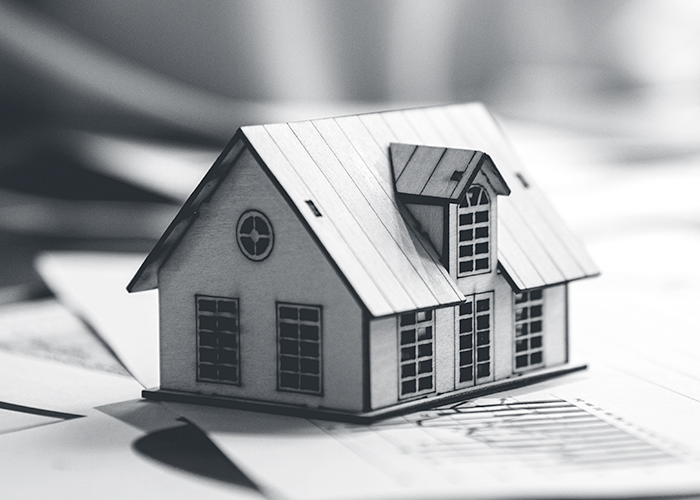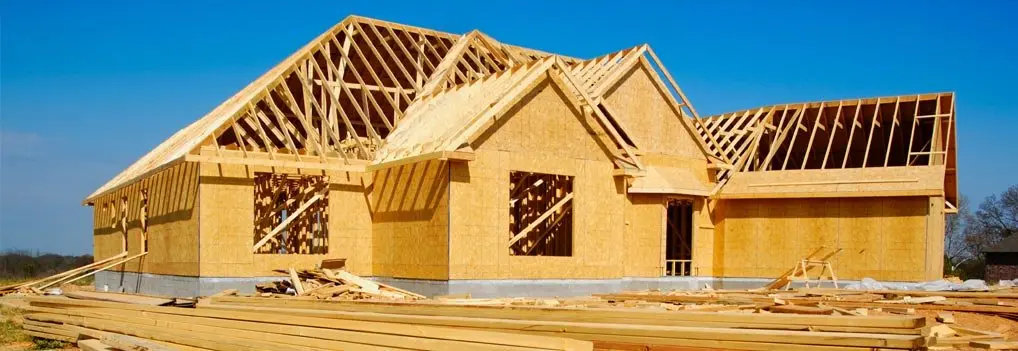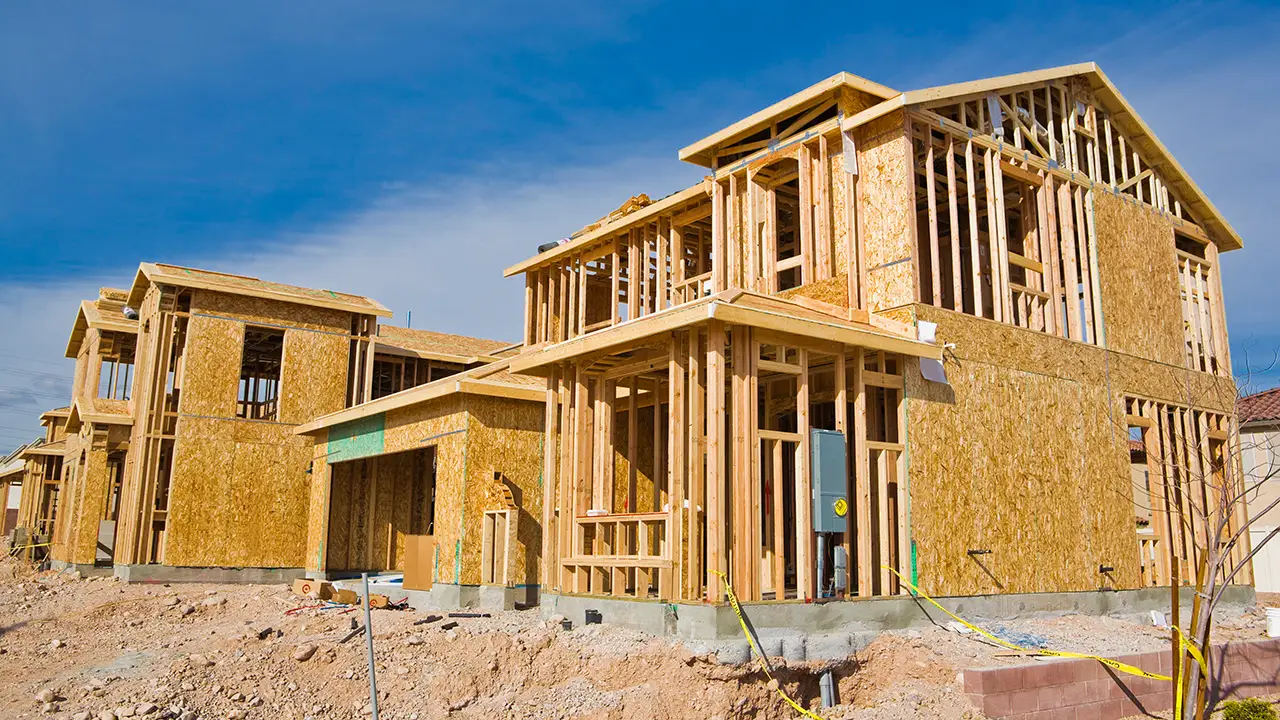How a General Service Provider Can Change Your Common Locations Into Practical Spaces
The improvement of common areas into practical spaces is a nuanced procedure that needs a general service provider's proficiency in analyzing specific area requirements and making tailored options. By taking into consideration factors such as format, accessibility, and aesthetic appeal, a specialist can produce atmospheres that not just offer sensible functions yet also foster area engagement.
Assessing Current Common Location Needs
When reviewing typical locations, it is necessary to recognize and recognize the certain demands of the community they serve. This process begins with a detailed analysis of existing use patterns, which entails gathering data on foot website traffic, height use times, and activities happening within these rooms. Engaging with community participants with studies or conferences can give important understandings right into their choices and challenges.
Next, it is essential to think about the market make-up of the area, consisting of age, lifestyle, and any unique demands that might influence just how these rooms are utilized. For example, families with young children might call for play locations, while older grownups might focus on ease of access functions.
Furthermore, assessing the existing infrastructure and amenities is crucial. Identifying locations that are underutilized or in demand of repair service can inform prospective improvements. Collaborating with stakeholders, such as home managers and local organizations, makes certain that the evaluation reflects an extensive understanding of the community's demands.
Ultimately, a thorough examination of current usual location needs prepares for efficient improvements, permitting for the development of rooms that promote engagement and boost the general lifestyle within the area.
Designing for Capability and Aesthetic Appeal
A comprehensive understanding of area needs sets the phase for reliable design that stabilizes functionality and aesthetics alike locations. Effective design needs a thoughtful technique that thinks about both the practical uses of the room and the visual appeal that improves the setting.
Functional design requires producing rooms that provide to the certain tasks and interactions of the neighborhood. This could include flexible seating setups for events, easily accessible paths for individuals with wheelchair difficulties, or marked locations for recreational activities. Each aspect must serve a function while making sure ease of activity and convenience for customers.
The choice of shades, products, and illumination can significantly influence the assumption of a room. Furthermore, aligning the design with the community's social identification can promote a feeling of belonging and pride.
Budgeting and Resource Allocation
Effective budgeting and resource allotment are important components in the effective improvement of usual areas. A well-defined spending plan lays out the economic parameters within which the job need to operate, making sure that expenses are controlled and sources are properly made use of. This starts with a detailed evaluation of project needs, including design components, products, and labor.

A basic my blog specialist plays a vital function in this stage, collaborating with stakeholders to develop sensible budget plan estimates that straighten with the intended vision. By focusing on vital features and discovering economical options, the contractor can maximize costs without endangering top quality.
Resource appropriation involves strategically appointing employees, devices, and products to different stages of the project (Carmel In Contractor). This needs careful planning to stay clear of hold-ups and ensure that each part is provided on time. Furthermore, regular tracking of expenditures versus the budget assists to recognize possible overruns early, enabling for timely modifications
Taking Care Of Construction Refine Efficiently
Managing the building and construction process effectively is crucial for achieving timely project completion and preserving budget plan stability. A well-coordinated technique entails meticulous planning, clear communication, and reliable source monitoring. General specialists should establish a comprehensive project timeline that details each phase of construction, allowing for the identification of prospective traffic jams and essential landmarks.
Normal progression conferences are important for keeping all stakeholders informed and lined up. These meetings facilitate the prompt resolution of concerns, guaranteeing that the job stays on track. Additionally, making use of job management software can streamline interaction, track development, and manage documents, reducing the probability of hold-ups and misunderstandings.
Effective source allowance is also extremely important. By guaranteeing that materials, labor, and tools are offered when required, general service providers can avoid costly disturbances. Recommended Reading Executing an aggressive strategy to run the risk of monitoring further boosts efficiency, as it allows for the recognition and reduction of prospective obstacles before they rise.

Ensuring Compliance and High Quality Requirements
Conformity and quality standards are essential to the success of any type of construction job, guaranteeing that the ended up spaces not just meet client assumptions yet also comply with regulatory demands. A basic contractor plays an essential role in implementing these criteria throughout the construction process.
First, it is crucial for the contractor to stay upgraded on neighborhood building regulations, safety and security policies, and market ideal techniques. This knowledge enables them to assist style selections and product options that straighten with compliance standards. Regular evaluations and high quality analyses during the building and construction stage help to recognize possible problems early, mitigating pricey delays see it here and revamp.
Furthermore, a trusted general professional promotes a society of high quality among employees and subcontractors. This can be attained by supplying training on compliance protocols and executing stringent high quality control steps. By establishing clear communication networks, the specialist can make certain that every person included understands their responsibilities concerning compliance and quality.
Verdict
In verdict, the function of a general professional in transforming usual areas right into useful rooms is critical. Through a thorough evaluation of community needs, thoughtful layout, careful budgeting, and efficient task administration, these experts can create settings that enhance use and visual appeal. Adherence to conformity and high quality criteria additionally guarantees that renewed rooms not only fulfill the expectations of stakeholders yet likewise foster engagement and enhance the total experience for all individuals within the area.
The change of typical areas into useful spaces is a nuanced process that calls for a general professional's knowledge in analyzing specific area needs and creating customized solutions. By thinking about factors such as format, availability, and visual charm, a professional can create settings that not only offer functional purposes but likewise foster area engagement. General contractors should develop a thorough project timeline that lays out each phase of building, enabling for the recognition of vital turning points and potential bottlenecks.
